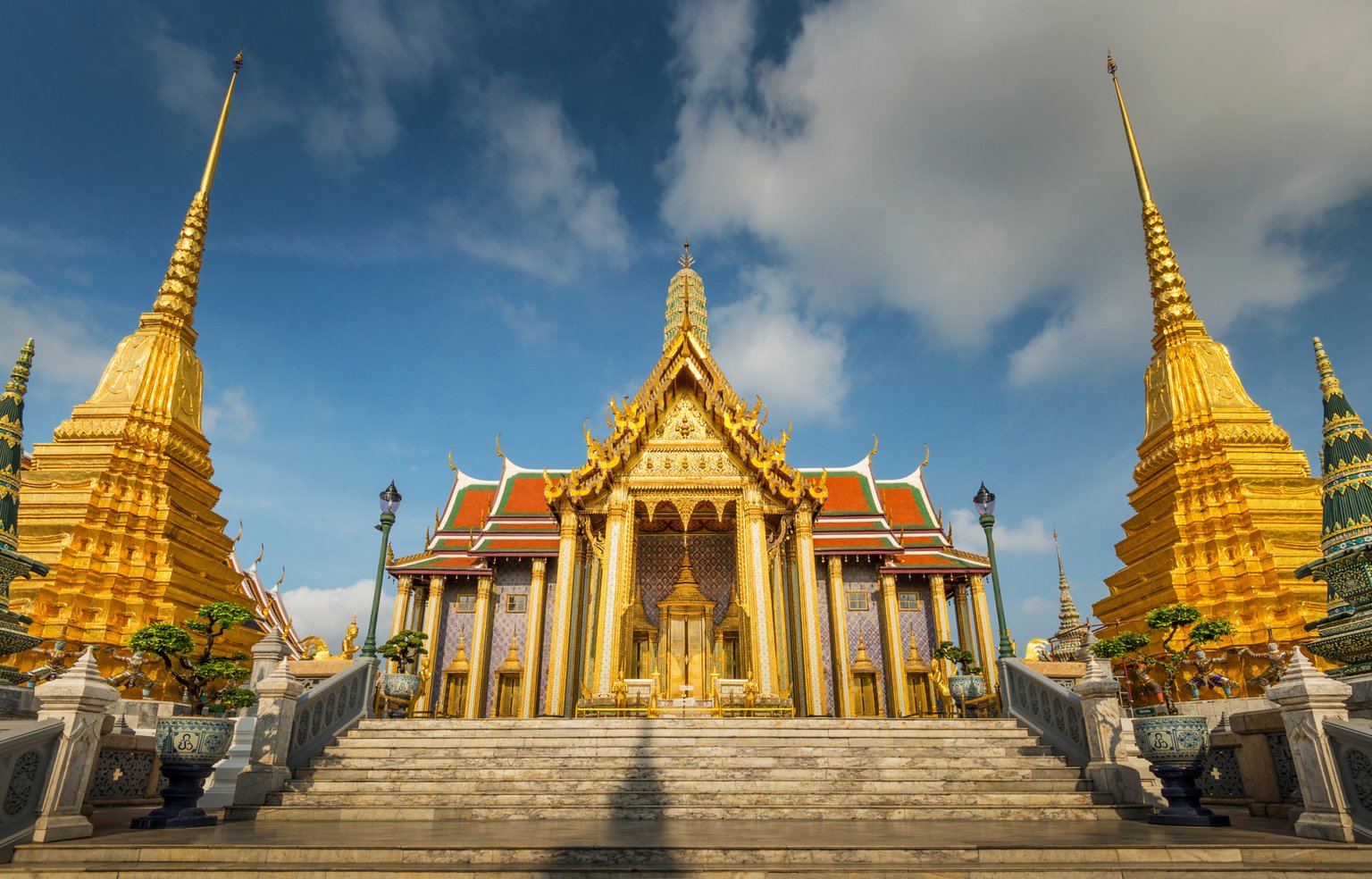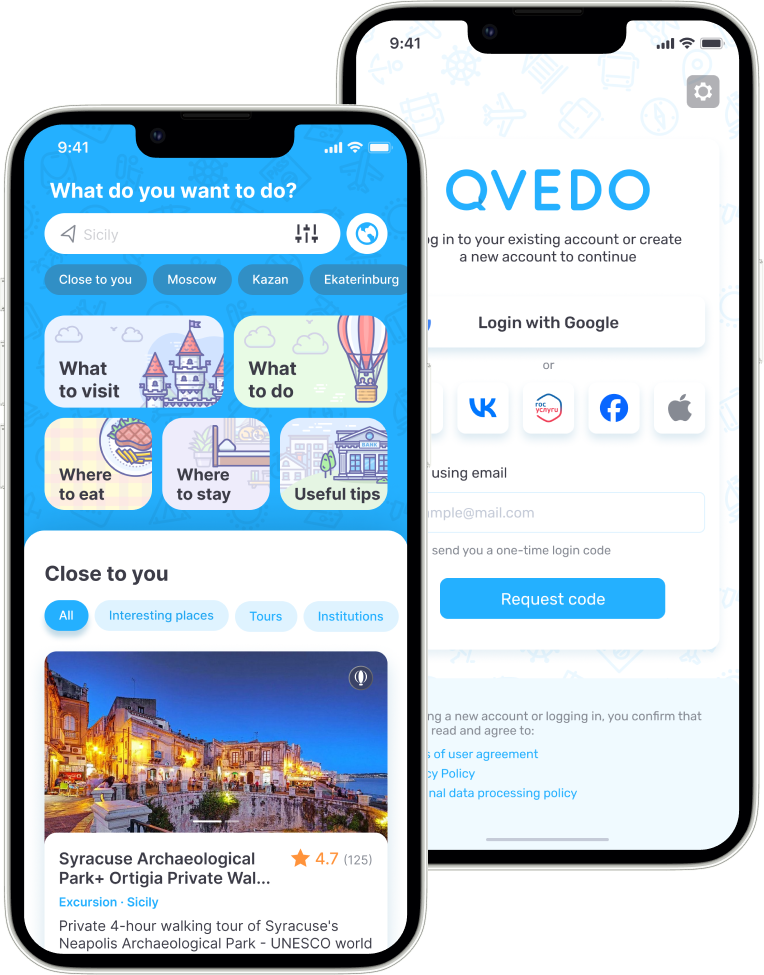Wat Phra Kaew
Detailed description
When King Rama I made Bangkok the capital city of the Rattanakosin Kingdom on 6 April 1782, a suitable royal palace and temple was needed to legitimize the new Chakri dynasty. The King's reason for moving the capital city was a desire to distance himself from the previous regime of King Taksin, whom he had replaced as king of Siam. The old royal palace in Thonburi was small and sandwiched between two temples; Wat Arun and Wat Tai Talat, prohibiting further expansion.
Rama I established the Grand Palace on the eastern bank of the Chao Phraya River, within the fortified city area now known as Rattanakosin Island. Traditionally, an area was always set aside within the palace compound for the construction of a royal temple or chapel for the king and the royal family's personal use. The temple (or wat) would have all the features of any regular Buddhist temple except for living quarters for monks. Surrounded on all sides by a wall, the temple would be a distinct space for worship separate from the king's residential space. As the temple would be built within the palace of the king, no monks would be lodged there. Instead, monks from various other temples would be invited to perform rituals and then leave. This was the case with Wat Mahathat, a royal chapel within the grounds of the royal palace at Sukhothai, Wat Phra Si Sanphet at Ayutthaya and Wat Arun in Thonburi.Wat Phra Si Sanphet, built next to the royal palace of the king of Ayutthaya, particularly influenced the building of this new temple.
Wat Phra Kaew complex viewed from outside the walls of the Grand Palace
Construction on the temple began in 1783. The temple was given the formal name Wat Phra Si Rattana Satsadaram, meaning "the temple containing the beautiful jewel of the monastery of the divine teacher". The temple's main hall was the first building within the entire palace compound that was completed in masonry, while the king's residence was still made of wood. The temple complex was built in the northeastern corner of the Outer Court of the Grand Palace. On 22 March 1784, the Emerald Buddha was transported with great ceremony from its former home at Wat Arun in Thonburi across the river to the Rattanakosin side and installed at its present position.[5] In 1786 Rama I gave Bangkok an official name as the new capital of Siam. Translated, the name mentions the temple and the Emerald Buddha itself: "The City of Angels, Great City, the Residence of the Emerald Buddha, the Great City of God Indra, Ayutthaya, the World Endowed with Nine Precious Gems, the Happy City Abounding in Great Royal Palaces which Resemble the Heavenly Abode Wherein Dwell the Reincarnated Gods, a City Given by Indra and Built by Vishvakarman".
The temple has undergone many different periods of major renovations, beginning with the reigns of Rama III and Rama IV. Rama III started the rebuilding in 1831 for the 50th anniversary of Bangkok in 1832, while Rama IV's restoration was completed by Rama V in time for the Bangkok centennial celebrations in 1882. Further restoration took place under the reigns of Rama VII during Bangkok's 150th Anniversary in 1932 and of Rama IX for the 200th Anniversary in 1982.
As the royal temple, Wat Phra Kaew continues to serve as the site of Buddhist religious rites undertaken by the king and the royal family, including major events such as coronations, royal ordinations and investiture of the supreme patriarch. The king or an appointee also attends annual ceremonies marking the major Buddhist holidays Visakha Puja, Asalha Puja and Magha Puja at the temple. Three times a year, the gold garments of the Emerald Buddha image are changed in a royal ceremony marking the change of the seasons. Annual rites are also held on Chakri Memorial Day, the Royal Ploughing Ceremony, the King's Birthday and Songkran (the traditional Thai new year).[9] On most other days, the temple, together with certain areas of the Grand Palace, is open to visitors, and they are among the country's best known tourist attractions.
Position on the map
Address
Somdet Chao Phraya Subdistrict, Khlong San District, Bangkok 10600, Thailand





